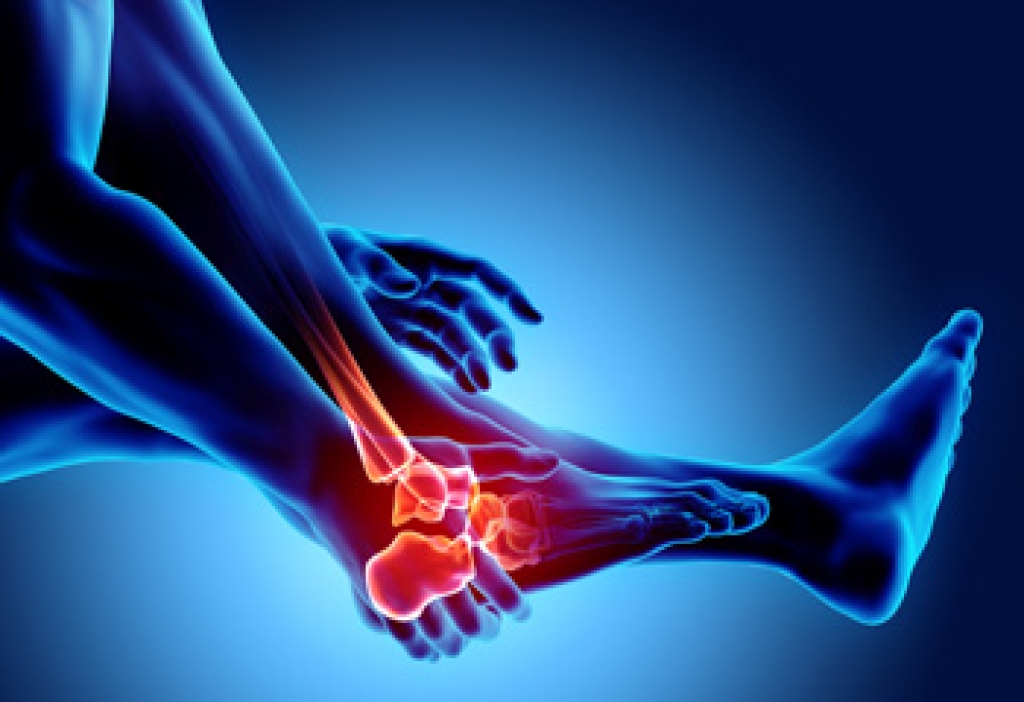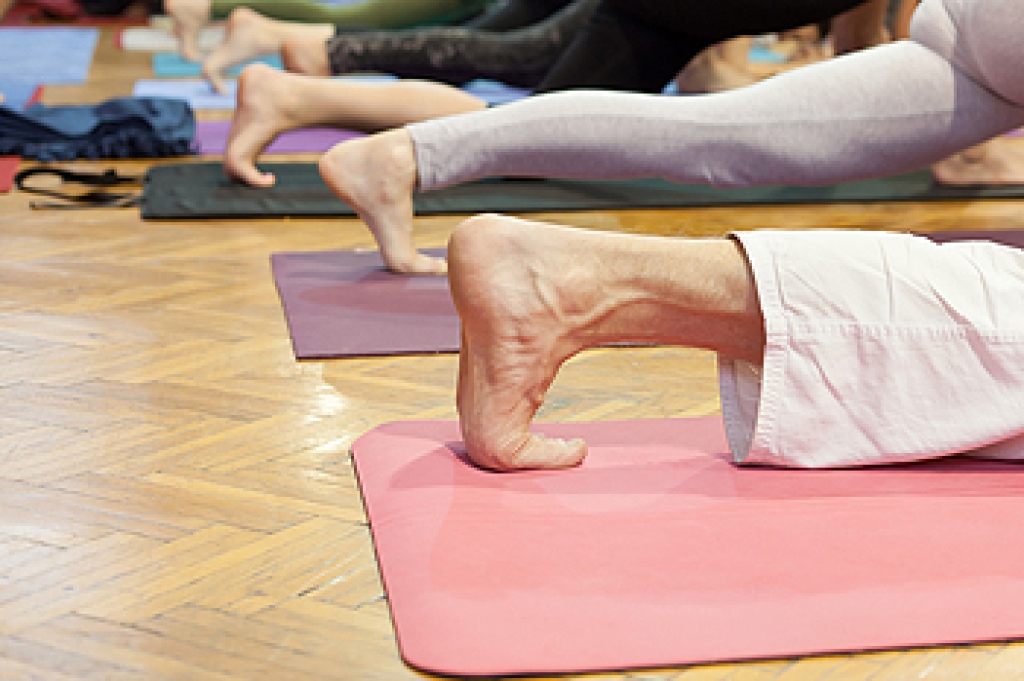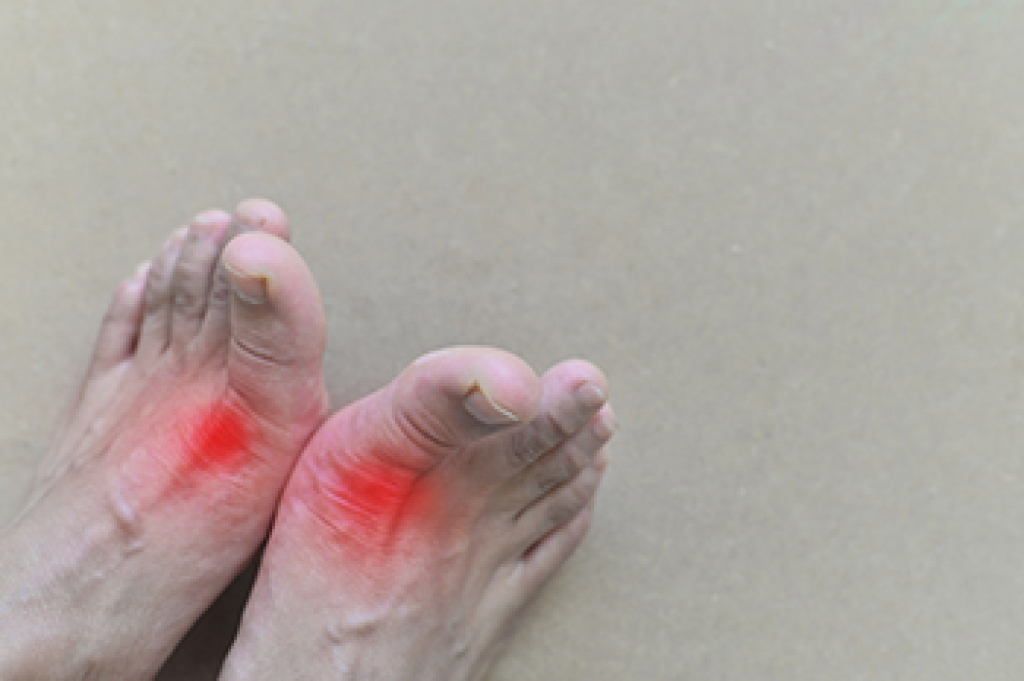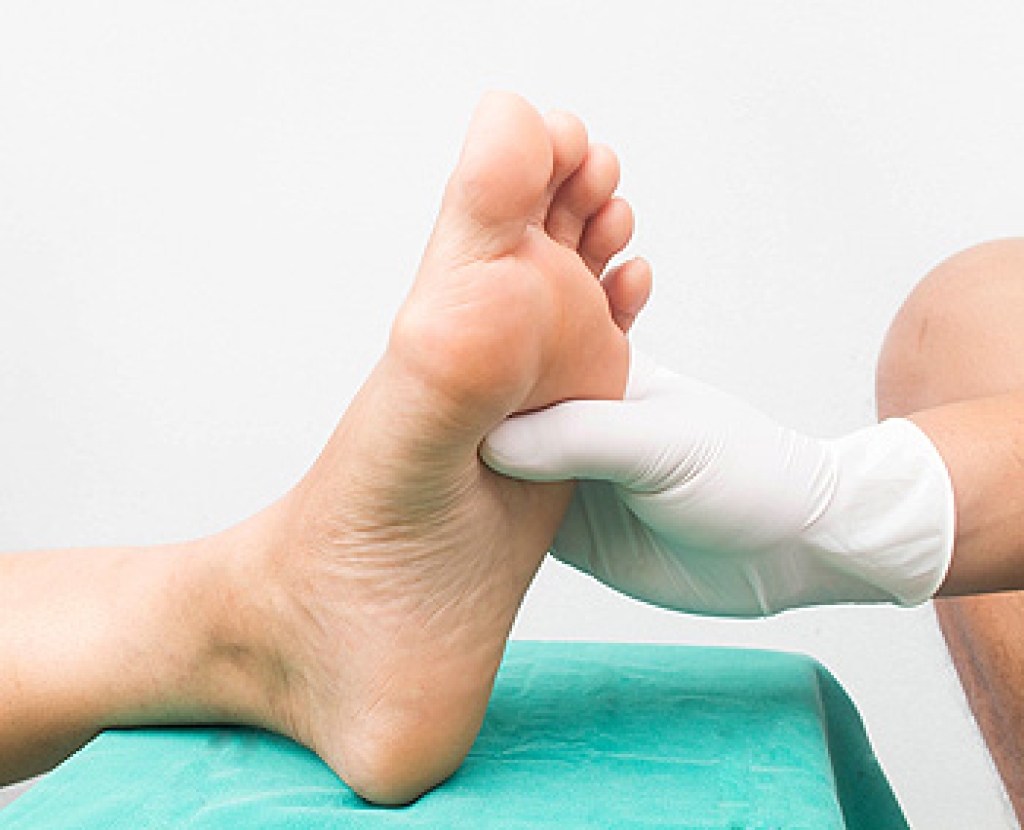
A foot stress fracture is a small crack in one of the bones of the foot caused by repeated pressure or impact over time. Common causes include overuse, repetitive high impact movements such as running or jumping, sudden changes in activity levels, or abnormal foot structure that places extra stress on certain bones. Risk factors include low levels of vitamin D and calcium, a history of previous stress fractures, and participating in sports or activities that strain the feet. Symptoms may include localized pain, swelling, tenderness, and difficulty bearing weight. A podiatrist can accurately diagnose a stress fracture using imaging, provide treatment plans to allow proper healing, recommend protective footwear or orthotics, and guide safe return to activity. If you have signs of a stress fracture, it is suggested that you consult a podiatrist for expert care and recovery guidance.
Stress fractures occur when there is a tiny crack within a bone. To learn more, contact Adriana Strimbu, DPM from Complete Foot & Ankle Care. Our doctor can provide the care you need to keep you pain free and on your feet.
How Are They Caused?
Stress fractures are the result of repetitive force being placed on the bone. Since the lower leg and feet often carry most of the body’s weight, stress fractures are likely to occur in these areas. If you rush into a new exercise, you are more likely to develop a stress fracture since you are starting too much, too soon. Pain resulting from stress fractures may go unnoticed at first, however it may start to worsen over time.
Risk Factors
- Gender – They are more commonly found in women compared to men.
- Foot Problems – People with unusual arches in their feet are more likely to develop stress fractures.
- Certain Sports – Dancers, gymnasts, tennis players, runners, and basketball players are more likely to develop stress fractures.
- Lack of Nutrients – A lack of vitamin D and calcium may weaken the bones and make you more prone to stress fractures
- Weak Bones – Osteoporosis can weaken the bones therefore resulting in stress fractures
Stress fractures do not always heal properly, so it is important that you seek help from a podiatrist if you suspect you may have one. Ignoring your stress fracture may cause it to worsen, and you may develop chronic pain as well as additional fractures.
If you have any questions please contact our office located in Hallandale Beach, FL . We offer the newest diagnostic and treatment technologies for all your foot and ankle needs.




